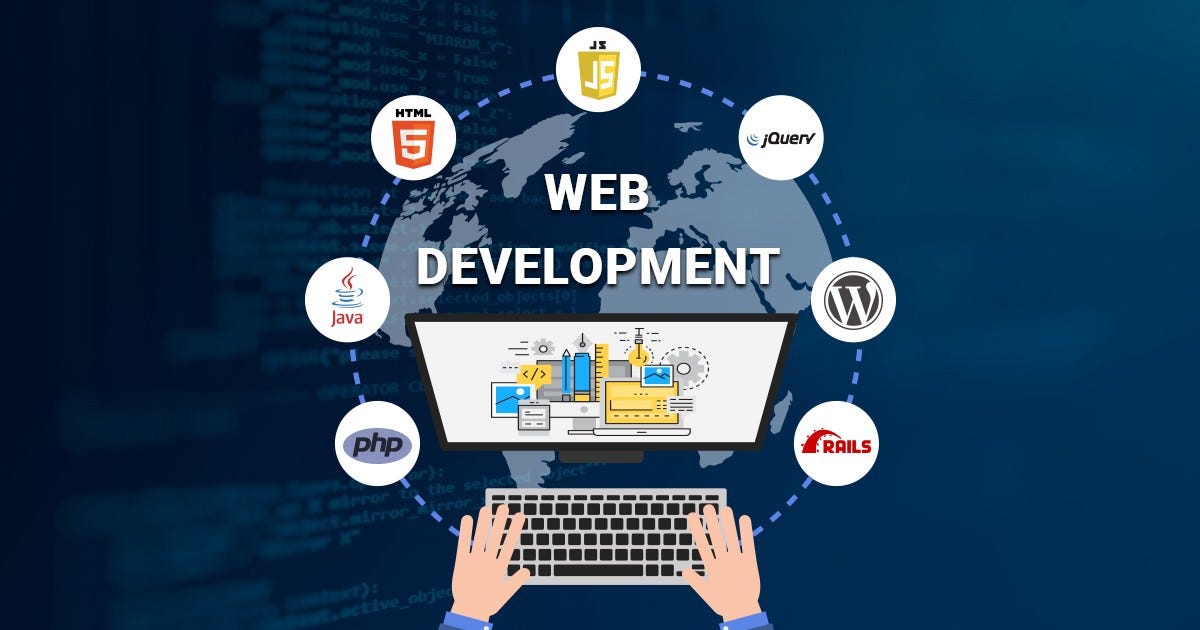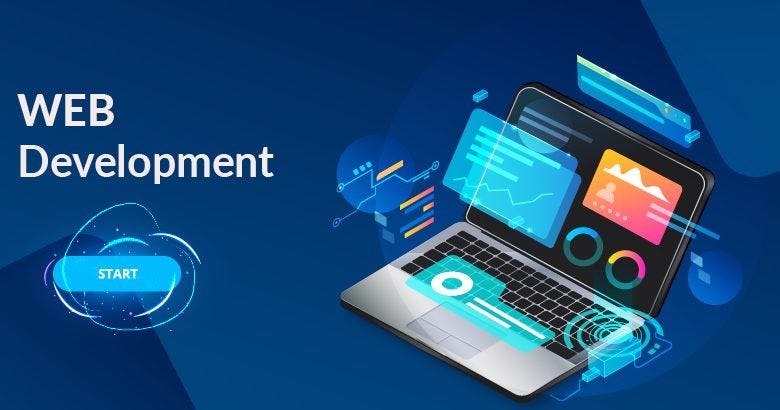Unlocking the Potential: Navigating the World of Website Development
Unlocking the Potential: Navigating the World of Website Development
Blog Article
The digital world is awash with opportunities web-based sites are the front-door to every business or personal venture. It's the way through which prospective customers or potential visitors make their initial impressions, collect details, and interact with products or services. Therefore, the process of the development of a website is not only concerned with creating a presence online but crafting an immersive and effective online experience. Let's take a look at the complicated process of developing a website, looking at its essential components as well as how to bring a digital vision to life.
The basis of development for websites lies in understanding the needs and preferences of your target audience. Prior to tackling the technical aspects, developers must conduct thorough research to discover the demographics, behavior patterns, and expectations of their intended customers. The information they gather informs their decisions on style, usability and contents, which ensures that the website resonates with its audience and delivers an enjoyable user experience.
User experience (UX) design plays an important role in the development of websites, with a focus on enhancing the experience of users as they browse the site. From simple navigation menus, to eye-catching visuals and seamless interactions, every element has been carefully designed to increase accessibility and increase engagement. UX designers employ wireframing and prototyping to think about and further refine the user interface, iterating using feedback and usability testing in order to produce an immersive and us-centric experience.
After the design has been established Website Development moves to the implementation stage, during which the site begins to take form. This stage encompasses coding, programing, and integrating diverse technology to bring the designs to the life. Front-end development concentrates on elements that are accessible to the user that includes design, layout, and other interactive elements. Back-end development includes programming on the server side, managing databases as well as server configurations to guarantee functionality and speed. To find further details please read reference
The development of websites is influenced by technology advancements and evolving consumer demands. The rise of mobile devices have forced the use of the principles of responsive design, which has forced developers to prioritise responsiveness and flexibility across all platforms. Also, the development in artificial intelligence (AI) as well as machine-learning have enabled designers to create personalized and predictive experience, using data for adjusting content and recommendations specific to the needs of each individual user.
In today's ever-changing landscape of web development, keeping current with new technologies and the latest trends is imperative. From responsive design to mobile optimization to advanced internet apps as well as voice interfaces, advances continuously alter how websites are designed and used. Web developers must be aware of these developments and adapt their skills and methods to stay at the forefront of digital innovation. In addition, regular maintenance and updating is essential to ensure that the website is secure useful, efficient, and current for the long-term.